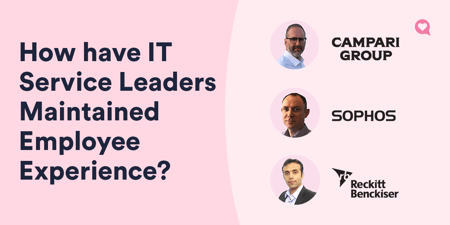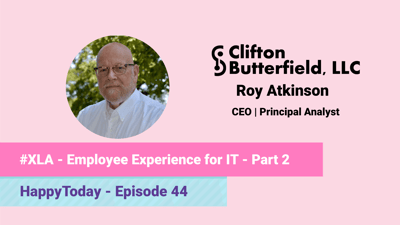Pasi meets Chris Fazey, the Global IT Digital User Experience Manager for Campari. In this episode, Chris explains how a passionate company such as Campari wants a continual service improvement and big change.
After beginning their transformational journey 4 months ago, Campari has encountered rapid transformation. This is thanks to Experience Data as their enabler together with the Operation Data from ServiceNow.
Through having the data and the use of HappySignals, Chris claims work would be painful. Now Campari are able to read data anytime and anywhere, knowing which services are working across all of their locations.
Campari are now making judgements through insight on the data that they have received through HappySignals, leading to informed decision making, instead of making judgements based on what they think or who is "shouting the loudest".
Chris claims that Campari has witnessed a high response rate due to the way that the feedback tool is delivered to the end-user. It is due to this high response rate and format of feedback that Campari are able to gain rich data and continual service improvement.
In the near future, Campari are looking to undergo further workplace technology changes. Now geared with HappySignals, Chris states that it will be much easier to see what experiences the users are having with different services as well as monitoring the services when the go live in different locations, in order to understand what people think.
Not only this, but Campari will be able to understand how well their service partners are able to support these new services.
Chris also explains how important it is to shift from using SLAs to XLAs (experience level agreements) and the big difference between having insight vs guessing at problems.



